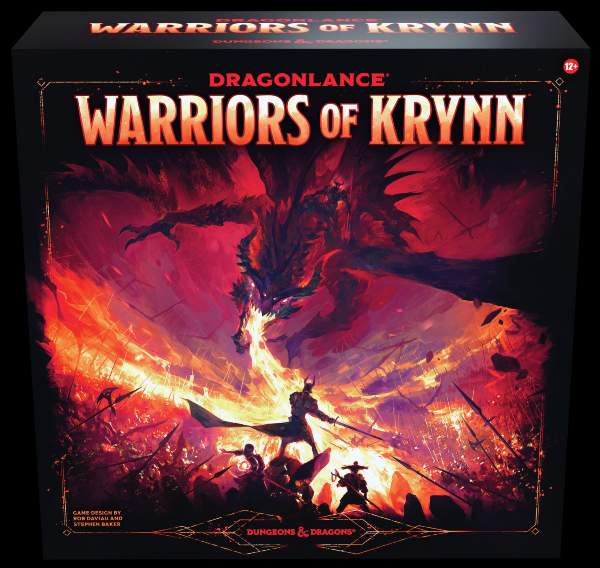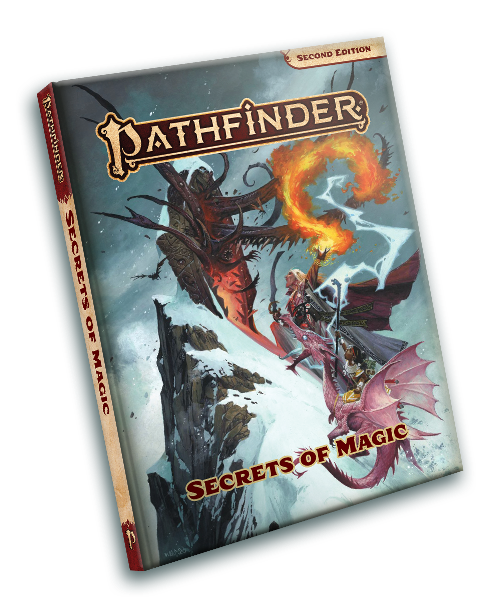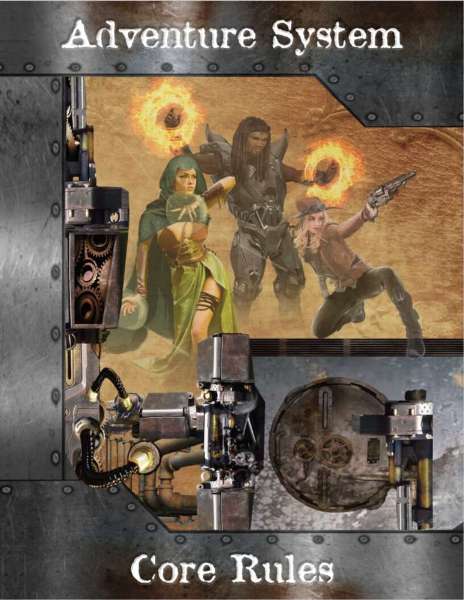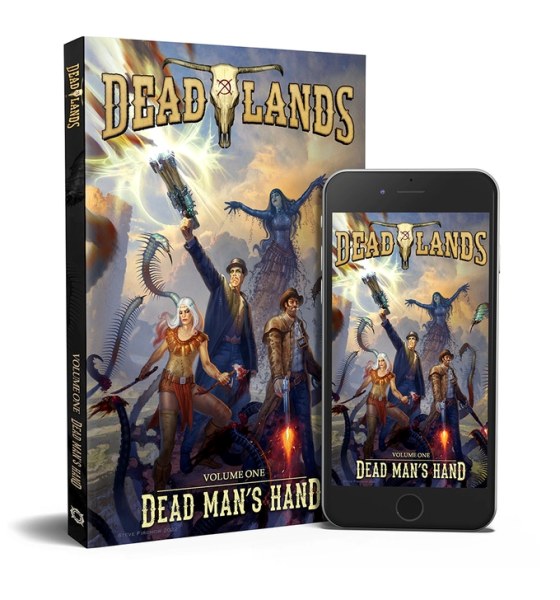
Warriors of Krynn
Warriors of Krynn is an epic fantasy wargame set in the Dungeons & Dragons campaign lands of Dragonlance, designed by Rob Daviau and Stephen Baker and published by Wizards of the Coast.
By Aaron T. Huss
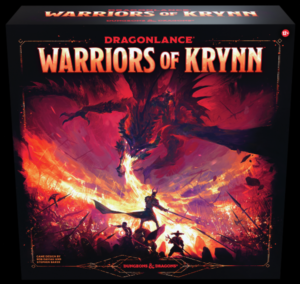
Learn more about Warriors of Krynn here
Purchase Warriors of Krynn here (paid link)
Find other Dragonlance posts here
Warriors of Krynn is a cooperative mass battle game powered by scenarios linked together to form an overarching storyline placed within the context of the Dragonlance campaign for Dungeons & Dragons. It’s a mouthful, but we’ll break down each aspect one-by-one.
For starters, Warriors of Krynn is something of a unique offering in the tabletop gaming industry. It sits midway between a wargame and a role-playing game by focusing on mass battle, much like you could in role-playing games. To make playing these mass battles easier, it includes a large number of components – tiles, heroic miniatures, unit tokens, cards, and other various token pieces to manage the activity within the game. The quality of these pieces is not expensive board game quality, but then it includes a lot of pieces and the focus of the game is on the scenarios and kit you purchase includes the RPG campaign book (because they are effectively a matched pair).
Second, the game is for running cooperative mass battles. This is a game of the players versus the scenario. During each player’s turn, they execute a number of steps that includes what their hero is doing and the resolution of the ongoing mass battle (resolving for both sides of the battle). The game is designed for 3-5 players and if you have a DM as part of the tie-in to the Dragonlance campaign, the DM can actually perform the duties for the opposing force. The best part of this aspect is that the game scales while following the overall storyline, meaning each hero advances as time goes on. The game comes with pre-designed heroes, but you can also use the ones from your D&D campaign.
Third are the scenarios (objective-driven) and the overarching storyline. Running these mass battles is not too dissimilar to playing a solo RPG or video game where the set-up, layout, and available mechanics are predetermined. You then work together as a team to overcome what the scenario has thrown at you in the hopes of beating the game. The outcome of each scenario then affects the next scenario by providing you with additional cards to start the scenario. When strung together, these scenarios become part of the war waging on among the narrative of the Dragonlance campaign.
Finally, let’s take a look at the rules. The developers did a solid job creating mechanics to facilitate scalable mass battles; the scenarios then support that scaling and incorporates all the best aspects of the mechanics. The problem is the presentation; it’s confusing and falls short of making it easier to understand the mechanics. In fact, I had to read through a second time to realize what aspects in the first half were not described in the back half.
For starters, there is a section that describes the components of the game. Unfortunately this section does not only describe the components but drops a number of important mechanics within those descriptions. This is awkward in that usually you introduce the components just so that people know what you’re talking about when you reference them in the mechanics. Second, the mechanics are devoid of illustration references to point out the specific mechanics on those components so the reader can connect those components to how their used in-game. Third, the illustrations they do have are too small. You can identify what the component is, but you can’t see the details on the component to know exactly which one is being referenced. Finally, they failed to use in-game examples to explain how some of the mechanics are executed. There are some examples, but they’re not as helpful as they could be and there are many areas where there are no examples at all.
I do like the mechanics; however, the amount of player downtime is disproportionate to the speed of the game. Each player’s turn requires a series of steps to be resolved before it’s the next player’s turn (resolving cards, making hero moves, rolling battle dice, utilizing abilities, moving, etc.). Granted after multiple plays you will get quicker, but this method has a lot of steps each player must run through before their turn is done. You could probably speed-up gameplay if the other players assist in executing the choices the active player makes. This would reduce player downtime and possibly make the game run a little faster. Just avoid generating any confusion!
The scenario book (because the rules are in one book and the scenarios in another) is fantastic! They have taken a 2-page spread to provide everything you need to set-up, run, and determine the end case for each scenario. In all honesty, to me it’s more important to have a better scenario book than a rules book as you’ll get the rules after a couple reads and games, but the scenarios change every time.
Warriors of Krynn is driven by a single storyline, but it doesn’t really need to stop there. Wizards of the Coast could easily create expansions that include new cards and new scenarios supporting a new storyline to create replayability with the core box set. Or they could take the core mechanics and re-skin it with a new setting and storyline! There’s a lot of opportunities there; we’ll see if they do anything with it.
The game is definitely fun, but it also requires a large amount of dedication if you want to play through the entire scenario book. It helps if you enjoy playing these types of war games, such as Axis & Allies.
